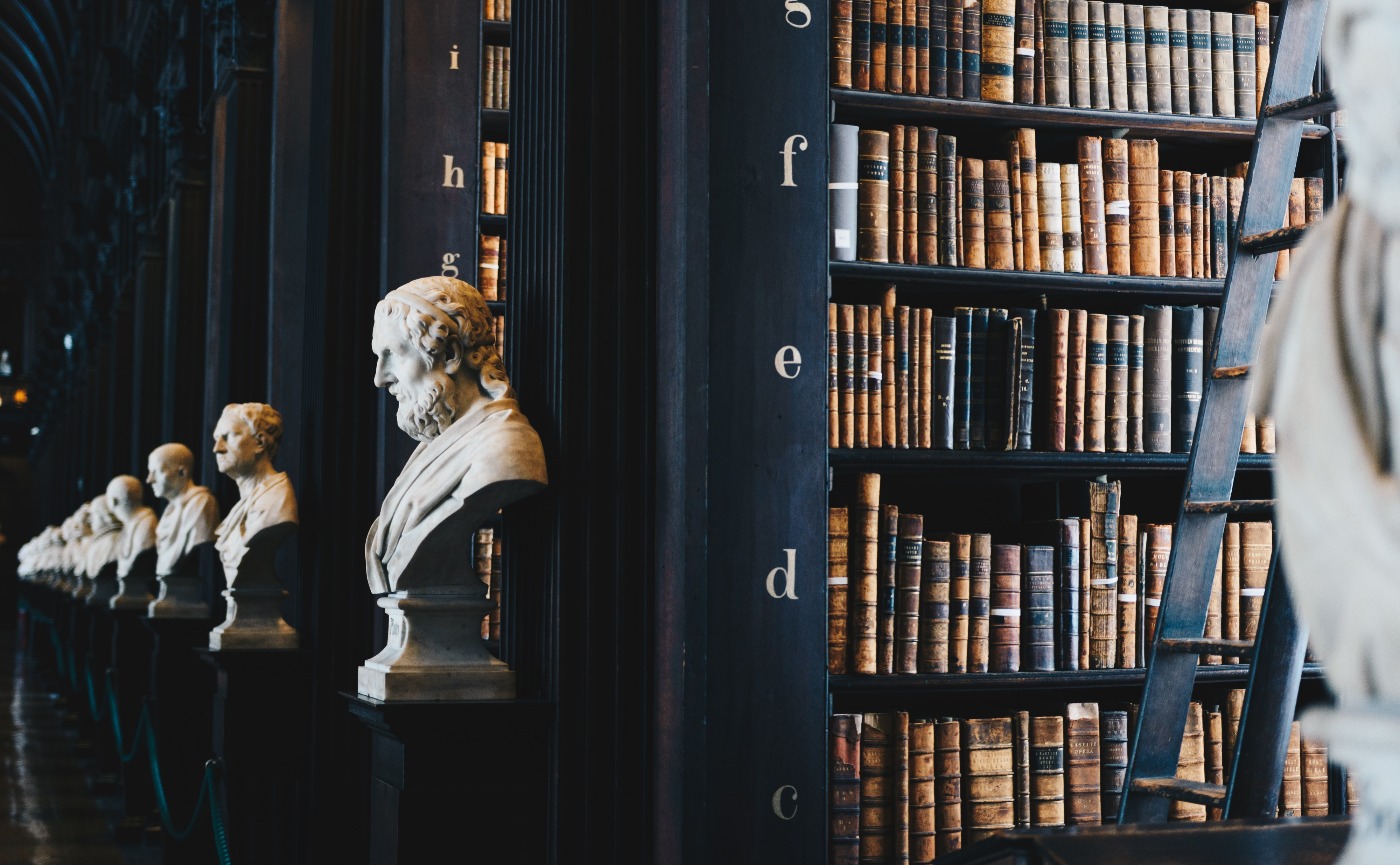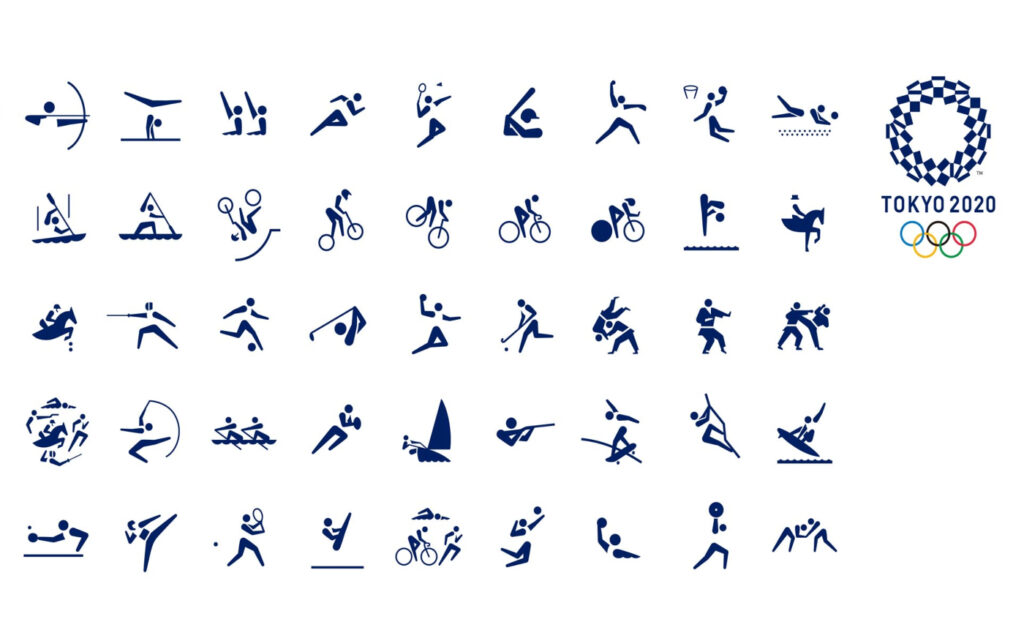There is a romantic beauty in the translator’s role in connecting cultures, openness to new world, transferring knowledge and technology that enables progress. Knowledge that shapes myths, symbols, norms and ideologies is deeply engraved in societies separated from each other by both physical and temporal distances. When the translator in the ancient world was exposed to cultural knowledge from a foreign society, the translator did not just translate the document neutrally. Throughout history, translation has undermined and stimulated local culture by exposing it to new influences. Much like the advent of new disruptive breakthrough technology to the market that rocks the existing market (such as the advent of the digital camera that caused the analogue photography market and related products to disappear), similarly the exposure of societies to new values at certain times caused changes in those societies.
Translators not only import values from one language to another. The encounter with a new set of values is embedded in the culture and undergoes a process of deliberate and unintentional dissemination and triggers a cultural transformation process. The borders between societies and cultures are not hermetically sealed and translators throughout history became the crack through which cultural changes, impacting consciousness, infiltrated from one society to another.
Translators in the ancient times went on quests for manuscripts. In the 12th century, translators embarked on a search for scientific texts that were originally written or translated into Arabic. It often happened that some bishop or another commissioned a search for manuscripts. In this context, the translators reached secret libraries hidden from the authorities, during a period of frequent occupation switch between Christianity and Islam. In the Christian world the term armarium represented the preservation of manuscripts and other important assets (sacred items and even weapons) in hidden chests for concealment. The important books of the great writers of the ancient world were hidden and considered strategic assets. And who would best benefit from these books if not the translators?
One of the most notable books was the Almagest, a book by 2nd-century Greek astronomer Ptolemy who introduced the geocentric theory that the stars move in an elliptical orbit around the Earth. This book and others attracted many translators including Gerardo of Cremona to Toledo in 1157 where he translated this book and many others from Euclid’s books, Archimedes’ books and more. As soon as the Almagest was translated, it began to spread throughout Europe. Manuel Komnenos (Manuel I), Emperor of the Byzantine Empire, presented a manuscript to the Norman king of Sicily during peace talks in 1158. The manuscript was none other than the Almagest. Manuscripts were indeed important assets and the translators of the period had an important part in this.
The first foreign culture to which Christian Europe was exposed was the Islam of the Middle East and the Crusades regions and the purpose of the translation was initially to know the enemy, to constitute religious apologetics or to protect the Christian faith. A significant part of the motivation for translation was of course religious. Christian bishops, such as Archbishop Raymud of Toledo (who founded the Toledo School of Translators), Bishop Michel of Tarragona and Peter the Venerable, left evidence of why the Quran was translated into Latin, stating the main argument was not to expose Christian readers to Islam but to provide arguments to counter Islamic readers. This knowledge was supposed to be spread eastward and Michel of Tarragona left written testimony stating that his translators penetrated the depths of Muslim libraries and found extensive literature in the humanities and other sciences. He wrote further that even if the full arguments would not be translated it would at least be documented in Christian libraries – armarium – as an intellectual weapon for future needs. A well-armed library is perceived as a weapon, and in this sense the translators were the soldiers in the war of religion and culture.
The Qur’an was first translated initially into Latin in the beginning of the 12th century and over the years it was translated into a range of other European languages with different influences, while some of the translations underwent a process of improvement and interpretation over the years. There is no doubt that the multitude of translations and preoccupation with this indicates a great interest in the text. Europeans began to recognize verses from the Qur’an especially those dealing with the rights of certain religions under Islamic rule. While Christian translations of the Qur’an were not intended to be pro-Islamic and sometimes even distorted the source to glorify their own religion, over time it influenced Christians to regard Islam as less negative. There is always a gap between the objective value of the text and the value perceived by readers in one culture or another to the extent that readers may attribute equality between religions and even make them question their own Christian beliefs. This was contrary to the original motivation for pursuing these Christian translations – translators must have had an important role in molding this perception shift.
As history unfolded, cosmopolitan cities, such as Paris, London and Bologna where European universities were founded and information exchange and sharing were established, the need to travel to exotic places to acquire manuscripts was diminishing. Modern translators have been attracted to well-known libraries in major cities. There was no need to search for ancient cultures and texts nor were there sought after important and rare books, such as the Almagest. Although great books existed at all times they gradually became within reach and unlike the past where translation was a strategic tool for influencing the public opinions, it gradually became another alternative for creating value. Thus, the translator’s influence on cultural shifts was gradually diminishing.
Beyond the influence of translators on culture throughout history, translators have contributed to enriching the language by borrowing words from foreign languages as well as by expanding the meaning of existing words to create new meanings for words in the source language. Nowadays, inventing words by translators may hinder the quality of the translation, but in the past it was quite common. In 16th-century England during the reign of Elizabeth I, a significant English translation process began. The period of Elizabethan I reign was characterized by extensive literary and linguistic development. Although translations into Latin were still common at that time, more and more English translations began to appear. The English language at that time was considered inferior to the classical European languages - Italian, French and Spanish -and the motivation to enrich the language increased especially while the literate population in England included a growing number of low middle class who read and wrote only English.
On one hand, this change of readership affected the type of content translated, which until then focused on the translation of content in the fields of religion, science and philosophy. On the other hand, the mass translation of a wide range of content made translation less specialized and less unique.
Writing for this type of population along with the limitation of the English language at the time made it difficult for translators to find words that expressed the cultural linguistic richness of the original language. The options available to the translators were either to borrow words from the source language and expand the English language or to find similar words in English and expand or change their meaning to express the meaning of the original language. The translators usually chose the second option. This was one of the effects of the Elizabethan era that is sometimes referred to as the Elizabethanization of the English language. Thus, the translator functioned not only as a communicator of knowledge influencing cultural, but also as a contributor to the expansion of the vocabulary of the translated language.
When entering the Humboldt University of Berlin, a gold-engraved quote by Karl Marx is seen by all visitors – “The philosophers have only interpreted the world, in various ways. The point, however, is to change it”. This quote, which is the 11th thesis on Foyerbach, folds the relationship between the thinkers Kant and Heigl. While Kant sees philosophy as not interfering with history but merely interpreting it, Marx (interpreting Hegel) thought it as too abstract and therefore mandates a real action in the world. This short, famous sentence describes Hegel’s main idea (Hegel taught at Humboldt University) that combines thought, reason and history and the way it unfolded in Marx’s worldview that definitely changed the world.
To paraphrase Marx’s words, it can be said that the act of translation over the course of history has changed thought and reason, not only interpreting reality in different ways but by actually changing the world itself.





















